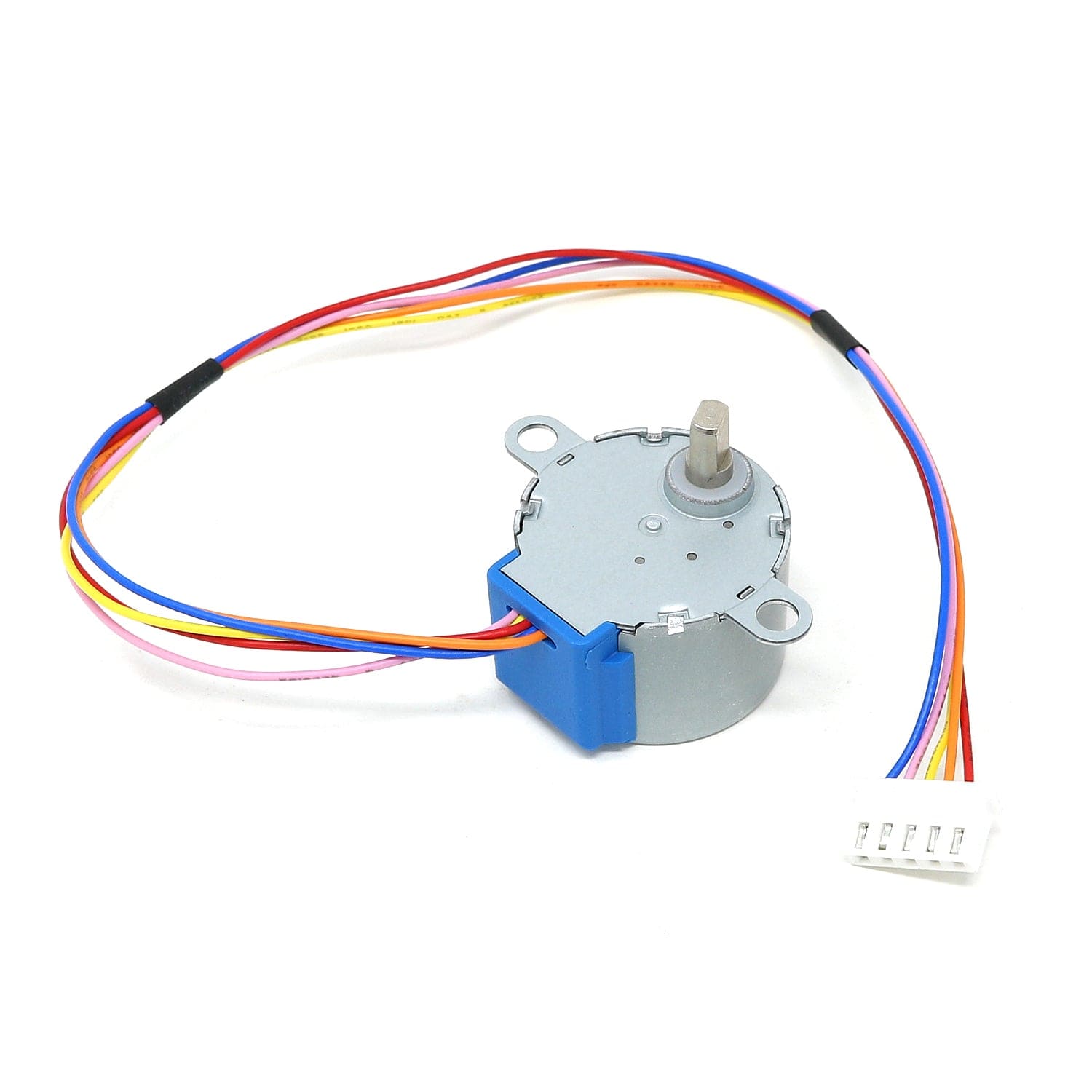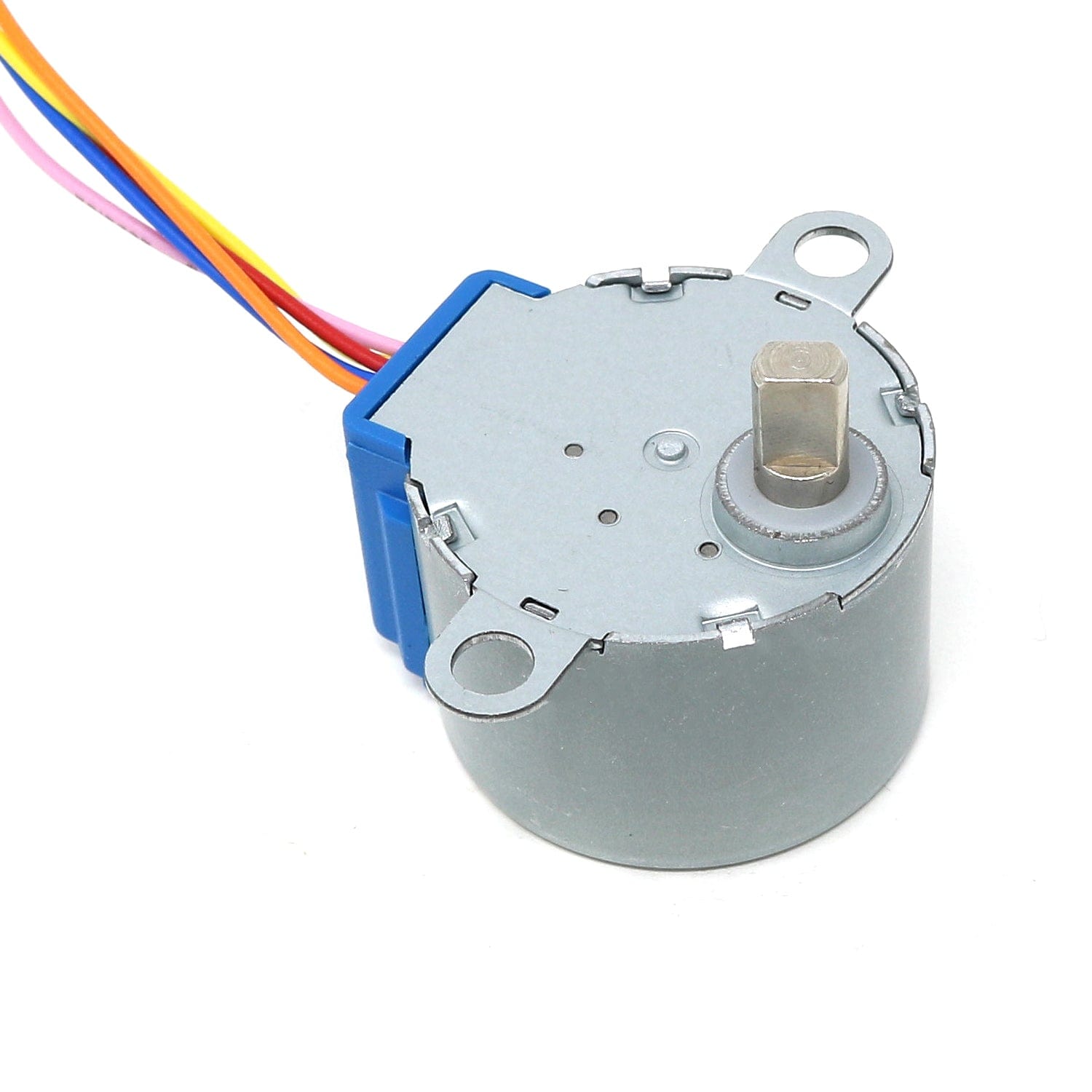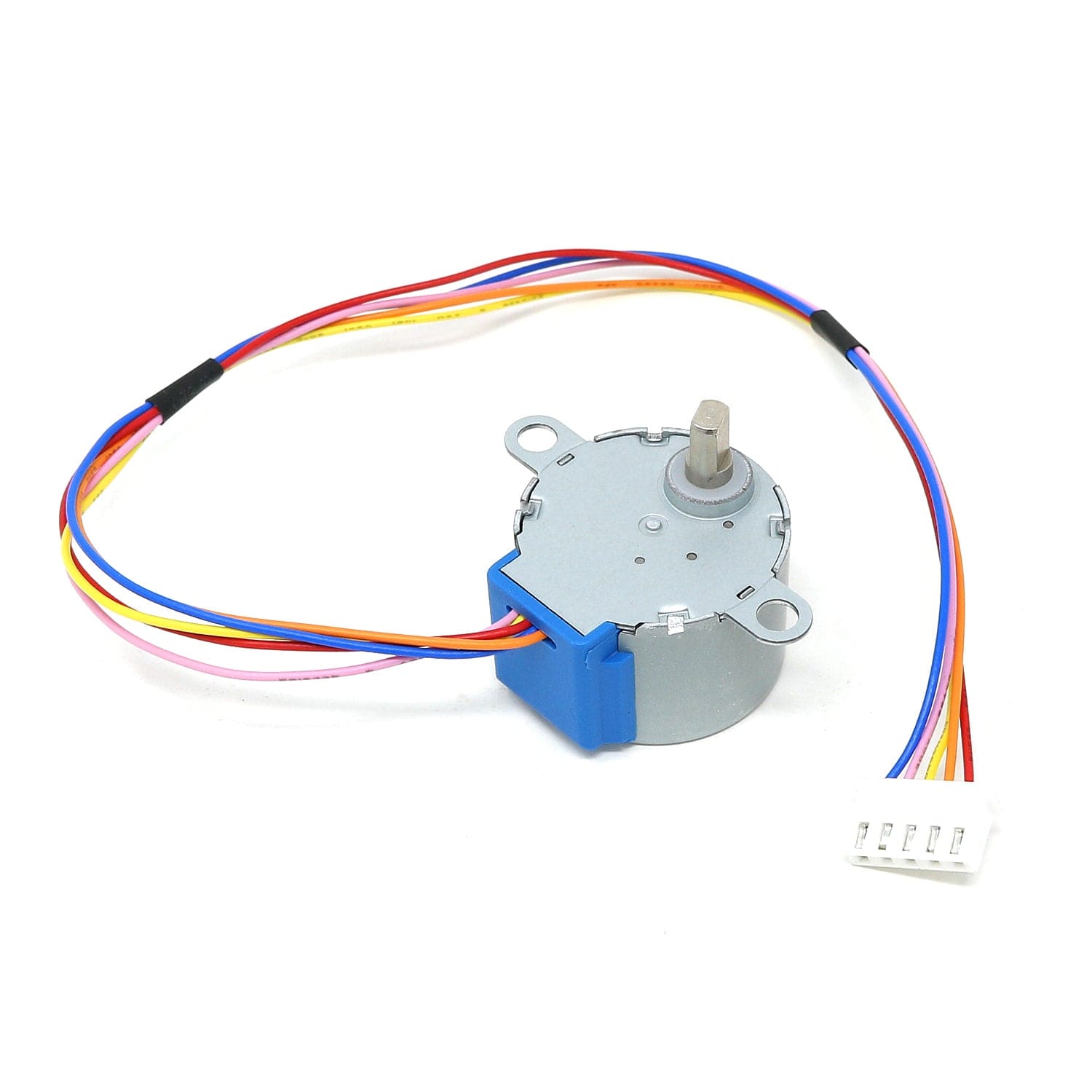Stepper Motor HAT for Raspberry Pi
Price:
Sale price
£27
Stock:
Quantity:
Cart
Your cart is empty
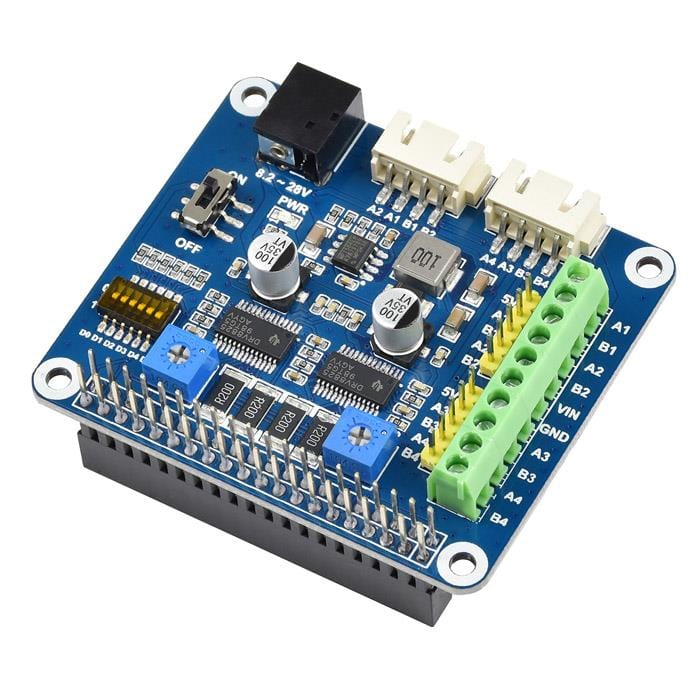
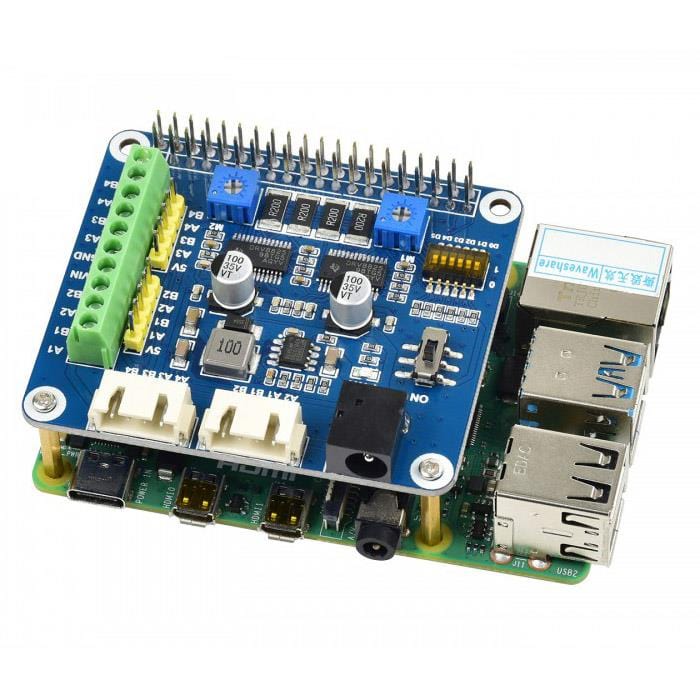
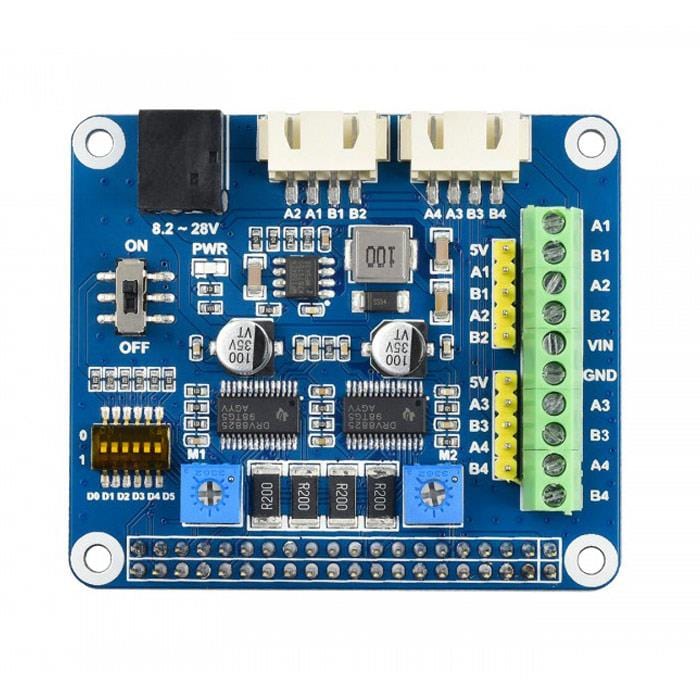
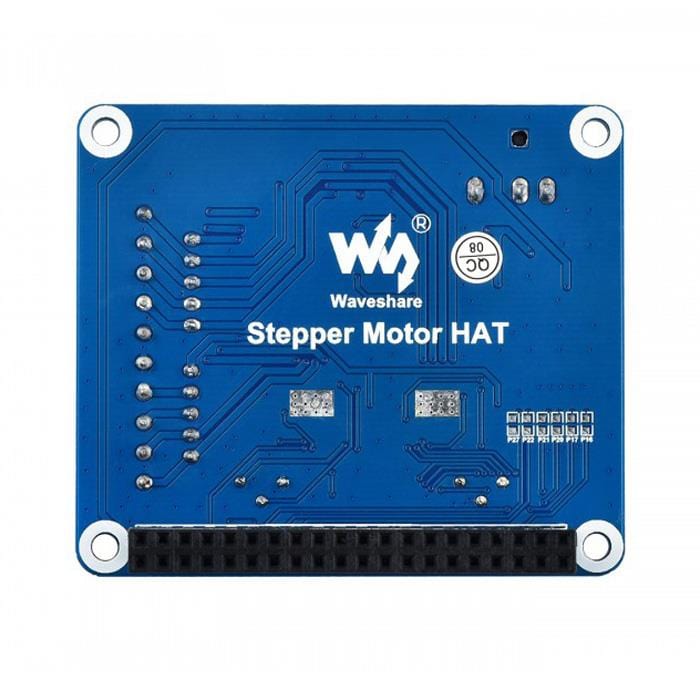
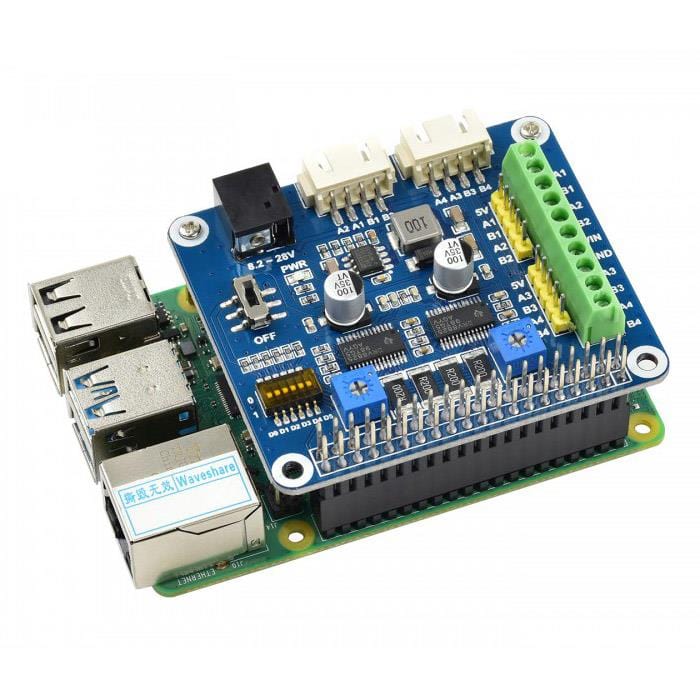
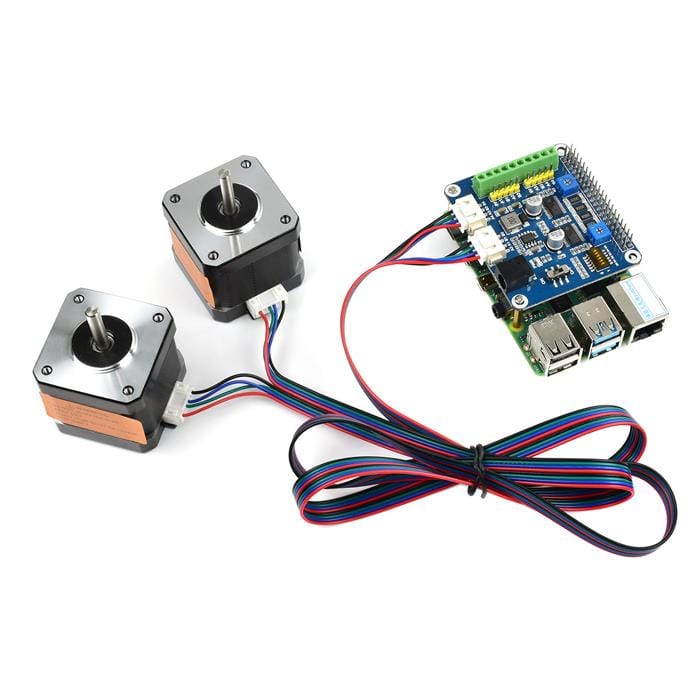
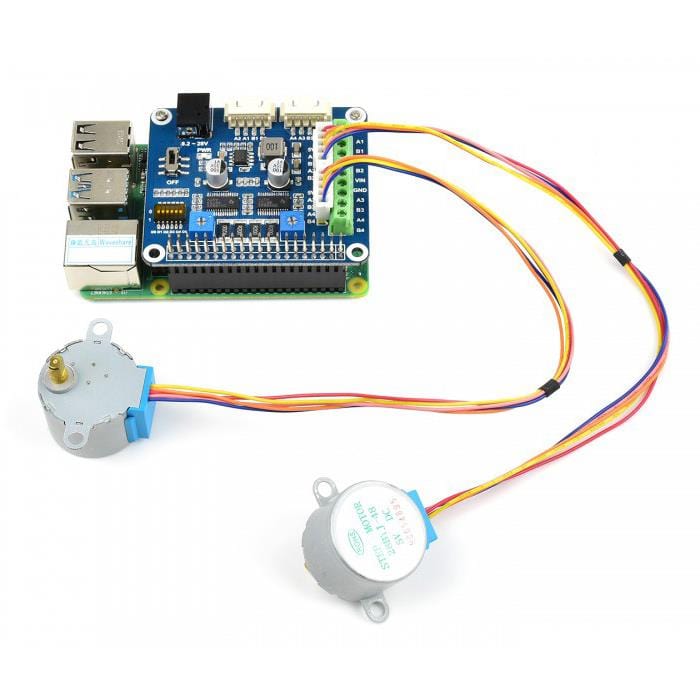
This Stepper Motor HAT gives your Raspberry Pi the ability to drive two stepper motors at the same time and supports up to 1/32 microstepping. This version uses a DRV8825 controller.
The HAT features six step modes (full-step, half-step, 1/4-step, 1/8-step, 1/16-step, and 1/32-step) and includes multiple connector options to accommodate a range of stepper motors.
An onboard 5V regulator has been included to power your Raspberry Pi.
Note: Stepper motors NOT included
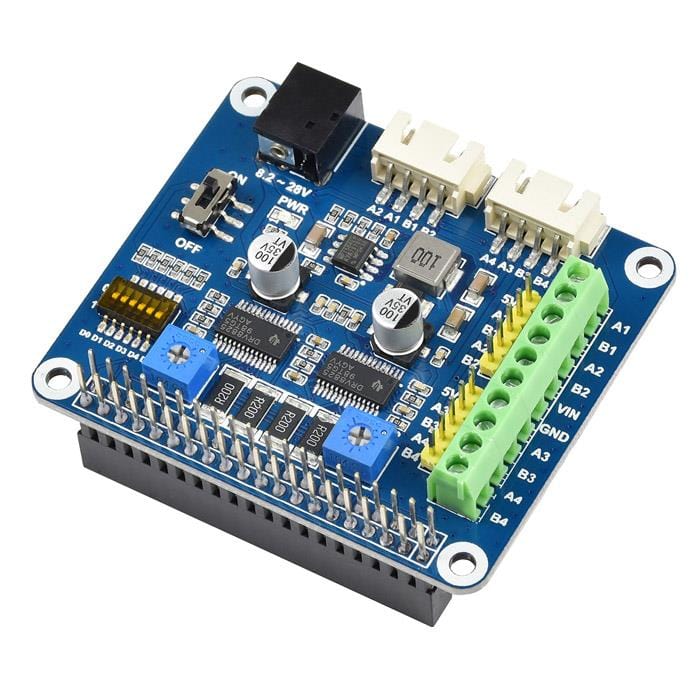
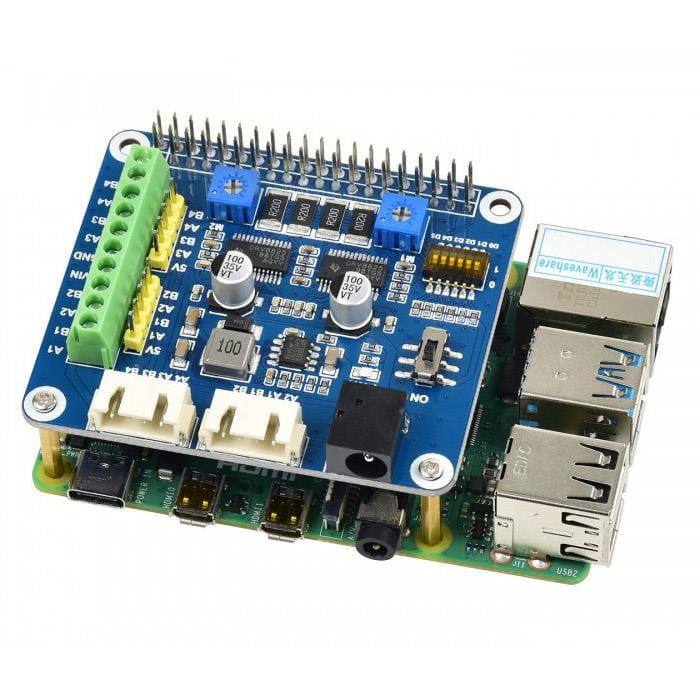
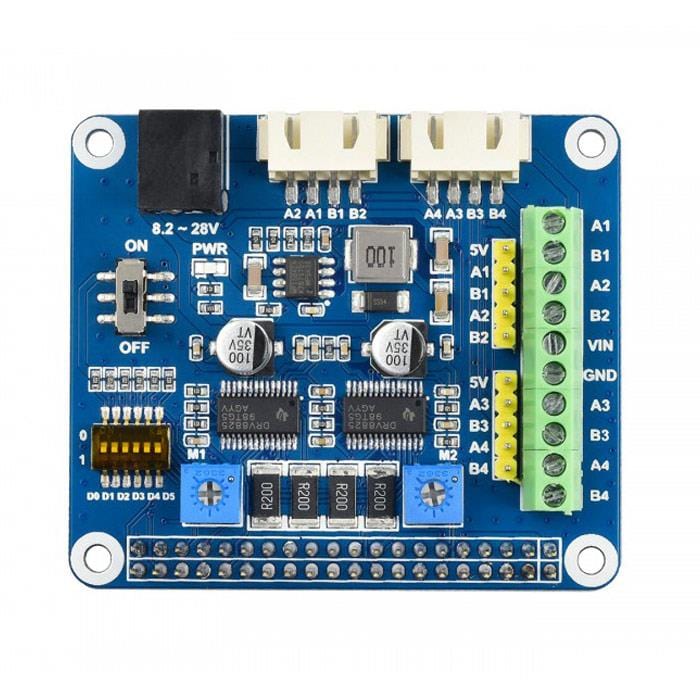
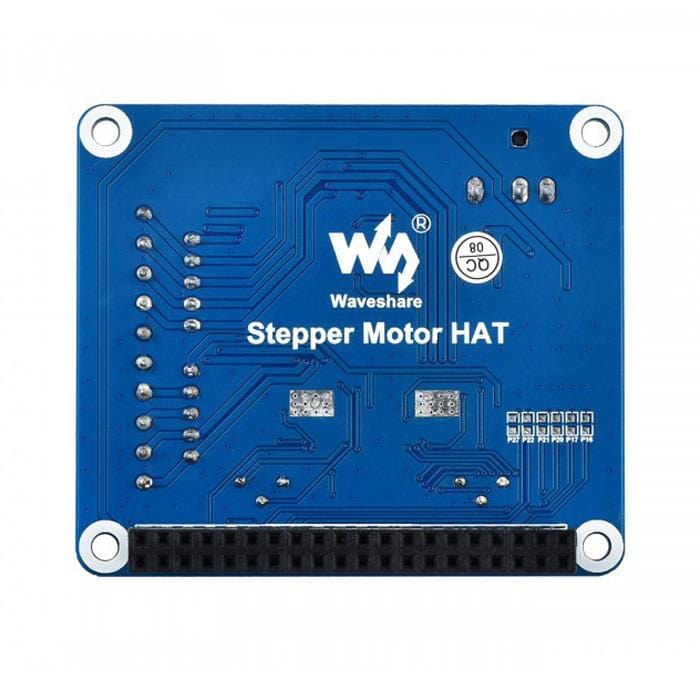
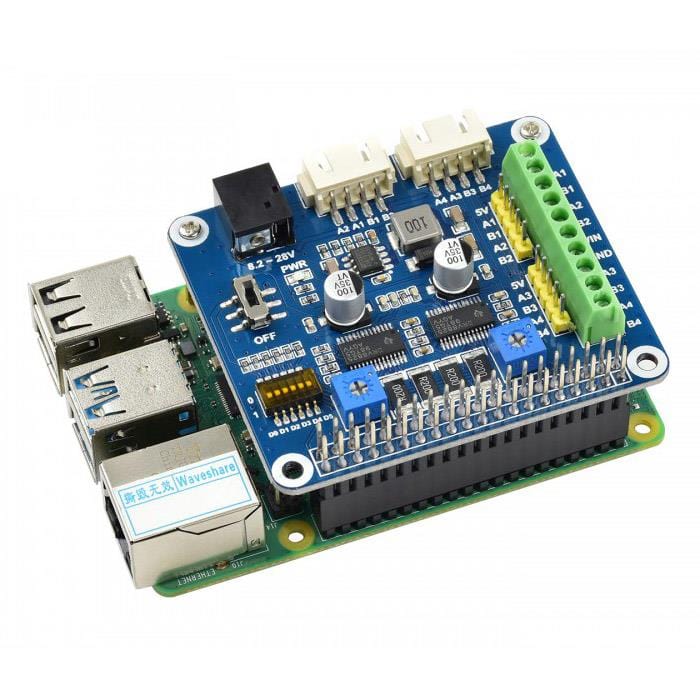
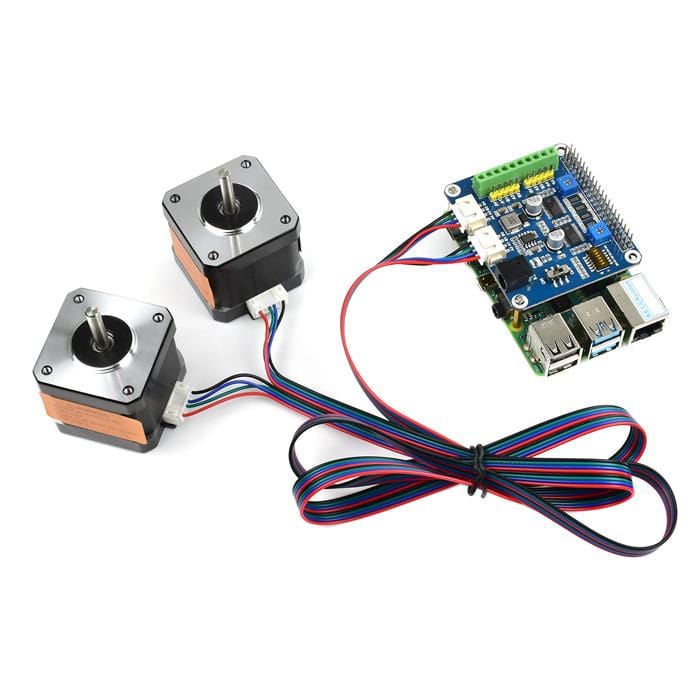
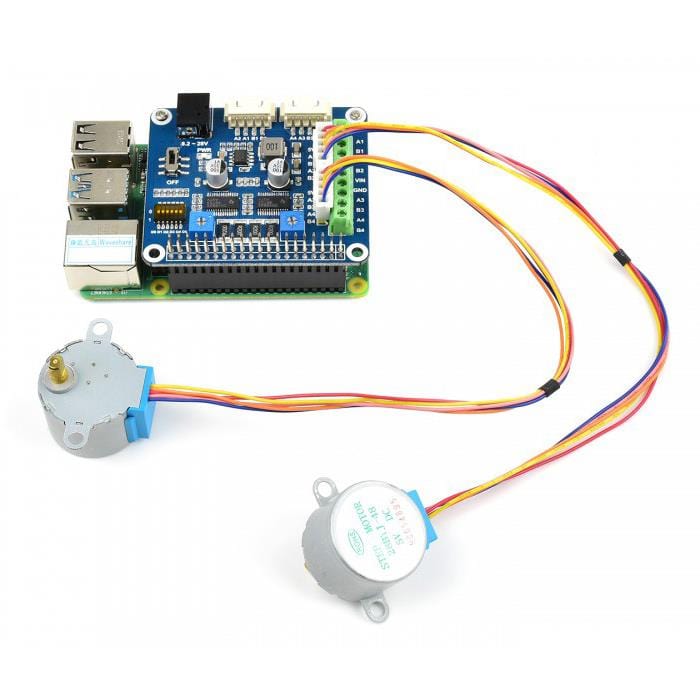
New content loaded
Login / Signup


